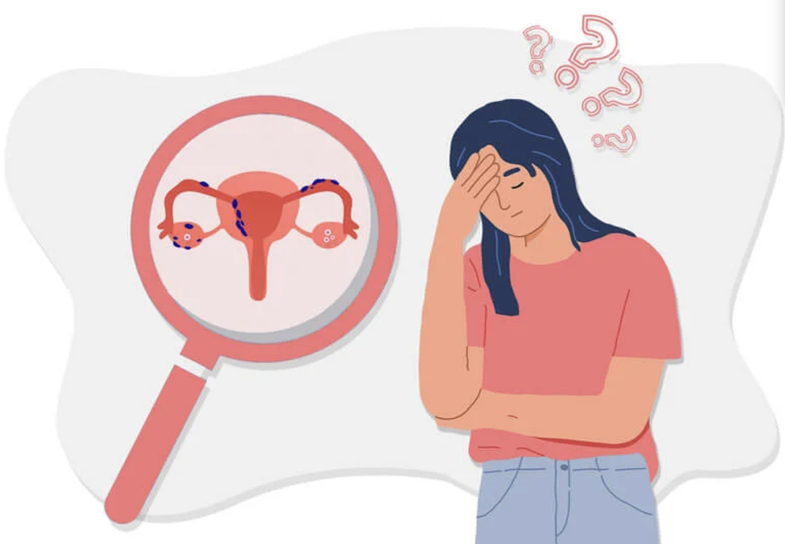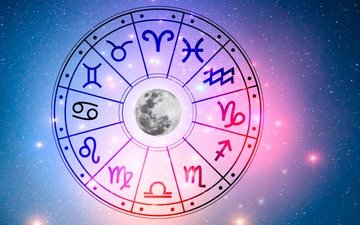
Physical activity is an important part for some people and is a must for every stage of life, even when trying to have a baby, or during pregnancy. One of the most common advice for fertility is "eat well and do physical activity", in addition to vitamins and foods that can be consumed. For many women, physical activity directly affects the menstrual cycle. While for some women, losing weight is also important to give birth to a child, but this can also lead to problems with conception.
So, considering the connection between exercise and fertility, the advice of doctors and experts, we think the time has come to shed some light through this article.
Physical activity and fertility
Even if you're not going to lose weight, exercise should still be part of your routine. Exercising for 30 minutes a day reduces the risk of fertility. Excessive physical exercise, exceeding 60 minutes of physical activity per day, may have the opposite effect, as it may increase the risk of infertility. When it comes to the type of exercise, a general rule of thumb is to stick to activities that don't drain your energy.
It has long been known that physical activity is beneficial for overall health and well-being. Exercise helps maintain a healthy weight and improves cardiovascular health. However, in the realm of fertility in women, vigorous and tiring exercise can have a negative effect. The reproductive system is very sensitive to lack of energy, which can come as a result of great fatigue in training. Body weight and body fat composition have a direct impact on fertility.
A specific case
When Rohin (27 years old), a professional athlete and Anish (31 years old), a professional in the software industry, married for 4 years, were having trouble conceiving a child, they did the right checks and tests. Nova IVF Fertility, a fertility clinic, discovered that Rohin had irregular menstrual cycles. To identify her problem, a detailed patient history was taken and experts concluded that Rohin had been exercising for at least 2 hours a day. Anish's sperm analysis showed that all his parameters were normal.
Based on this case, it was proven that she had exercise-induced ovulation problems. This, in turn, caused menstrual irregularities. She consulted with experts, who suggested that she stop exercising so that her body fat percentage would increase. As Rohin's body fat mass improved, ovulation also became regular. Later, the couple had children.
Exercise stress is not the main trigger for fertility, but combined with the body's effort to conserve energy, as well as metabolic adaptations, changes in reproductive hormones occur at all levels. Estrogen and progesterone concentrations drop, resulting in a spectrum of exercise-related menstrual disorders. The spectrum may include severe menstrual disorders.
Poor endometrial quality, miscarriages and infertility are all clinical consequences of an irregular cycle. This can be prevented by maintaining a healthy body weight and having adequate energy levels.
The hormones responsible for ovulation, GnRG, FSG, LH and estradiol are not at the right levels when overtraining leads to infertility problems. The hormone leptin, which is responsible for appetite and the intake of healthy fat and adequate calories, is also at low levels. This can happen from physical exercises which can affect/exceed 7 hours a week.
So take care of yourself, but not overdo it.





